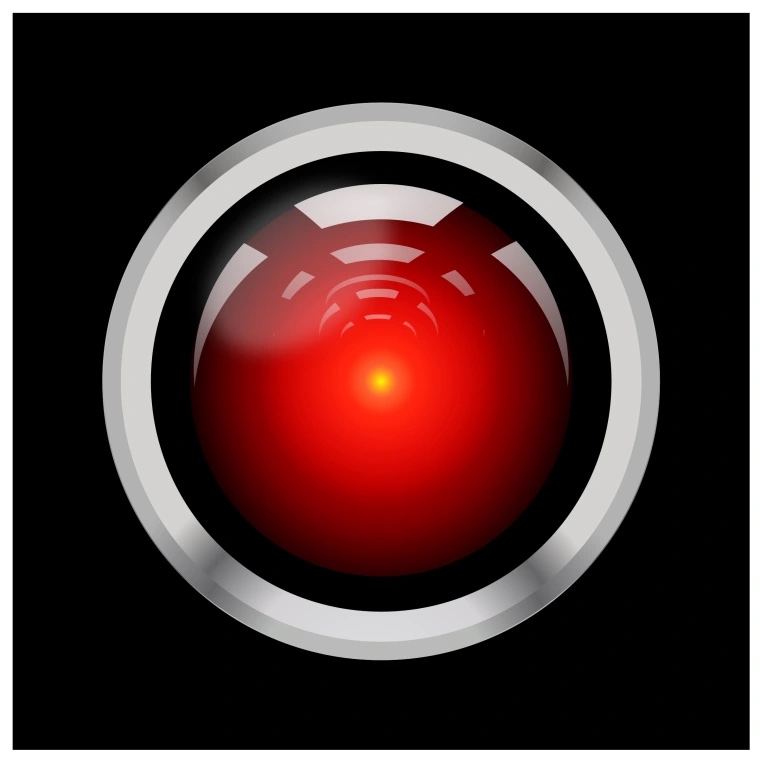“What’s good for an AI can be very different from what’s good for a human being.”
from Propositions for Digital Minds and Society by Nick Bostrom and Carl Shulman
Reading Propositions for Digital Minds and Societies truly required me to practice Gayatri Spivak’s ‘three yeses’, as outlined in the syllabus. It’s not necessarily that I want to say ‘no’ to this text. I just want to ask ‘why?’
The reading talks about potential policies, considerations, issues, and guidelines for a digital world– specifically with regards to singularity and digital minds and AIs existing in one space. There are a lot of these points that I agreed with, and some that made me think. The quote above is quite interesting, and something that we are already seeing today. Currently, however, we aren’t discussing AIs as independent entities, but products of the corporations behind them. Seeing AIs as beings rather than products seems incredibly far away to me.
I certainly understand why this was written, and see that it could certainly be useful one day. The back of my mind, however, can’t stop thinking about issues in today’s world– a world that actually exists right now, as opposed to a hypothetical digital space.
Much of the technology in the paper does not exist yet, and as far as I know– I could certainly be incorrect, both in terms of my knowledge of technology and perception of time– will not exist in the near future. Meanwhile, there are issues impacting humans, the environment, and real beings that exist now. I can’t fully wrap my head around these concepts while the world in question seems so out of reach.
The paper lacks much discussion of the physical world, especially in terms of the environment. The following quote appears with regards to piloting and implementing such systems in society.
“The apparently low welfare of factory farmed animals seems often to be related to stimuli that are in some ways much worse than expected by evolution [e.g., extreme overcrowd-ing], while high human welfare might be connected to our technology producing abundance relative to the evolutionary environment of our ancestors.”
It comes so close to talking about an existing issue– animal welfare, overcrowding, and human-interference that has disrupted natural, evolutionary tendencies. It does not actually discuss them.
If this world were to come to be, where would the materials for the ‘silicon-based processors’ come from? Who is doing that labor? Other machines? And should the machines managing the physical world have the same rights as the ones that are purely digital? What of the environmental impacts of creating and maintaining such a space? There are so many questions about this world that has yet to exist that I am unsure if I can truly understand propositions for ‘life’ in that world. With every point I read, I grow more curious about how the existence of singularity and a highly digital landscape would manifest in the very real, tangible, physical world we live in today.

Leave a Reply